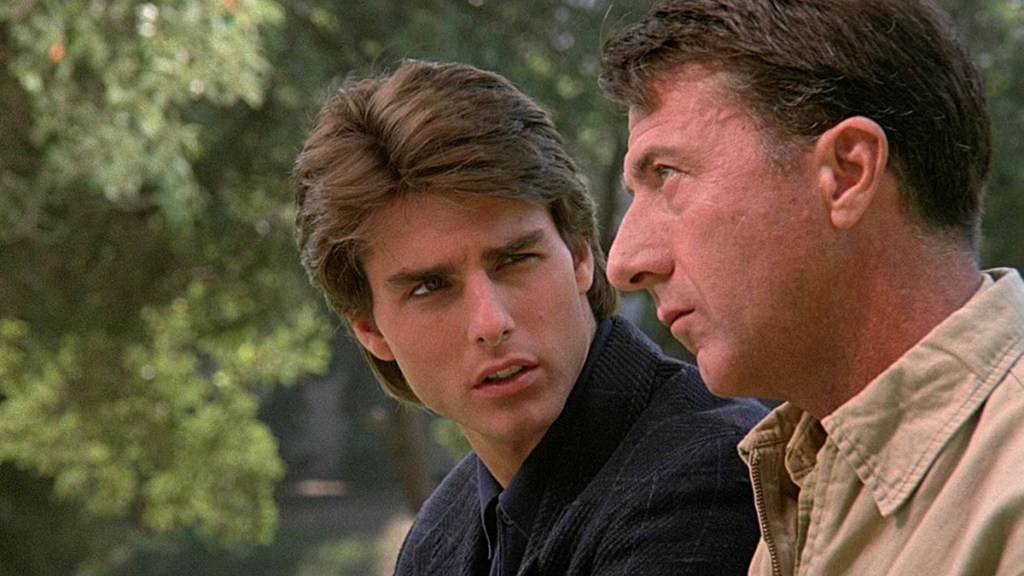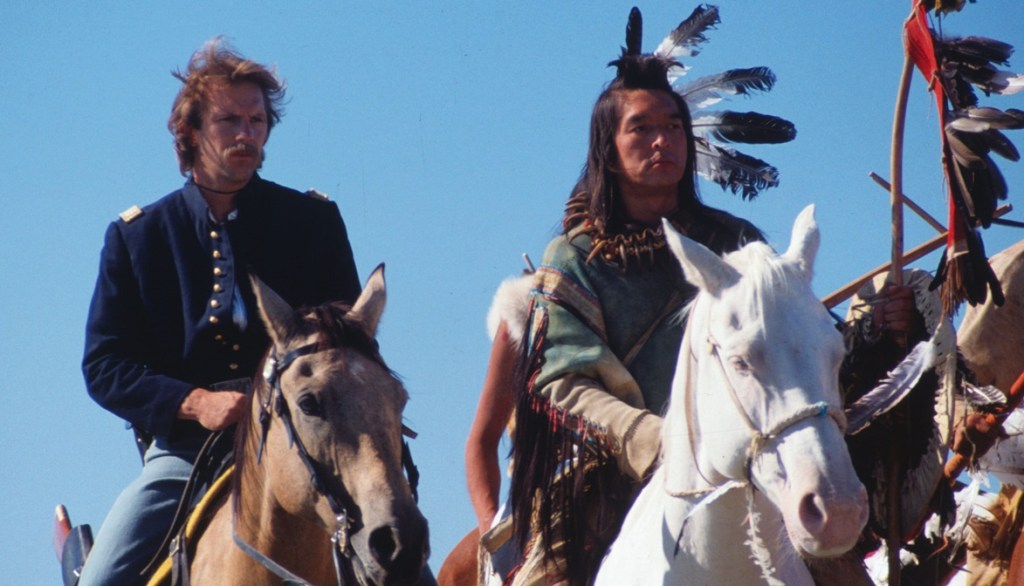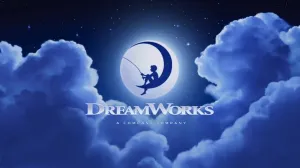Winning a Best Picture Oscar is thought to be a one-way ticket to scoring box office glory. While it’s certainly bolstered the financial profile of many motion pictures over the years, it’s also never been a guarantee that your movie will rake in millions at the box office. Even back in the 1980s, when adult dramas could still make gobs of money in theaters, Best Picture winner Ordinary People made a hefty $54.7 million that still came in well behind the year’s biggest movies like Stir Crazy and Star Wars: The Empire Strikes Back. In 1995, meanwhile, Braveheart’s domestic cume came in behind 17 other movies released that year.
Videos by ComicBook.com
Still, there have been some hefty box office performers that took home the Best Picture Oscar over the years. The seven biggest modern (read: post-1980) Best Picture Oscar winners at the domestic box office epitomize the reality that award-season gold and financial glory can profoundly intersect. As The Hurt Locker and Spotlight can attest, this phenomenon doesn’t happen every year, but these seven motion pictures demonstrate that it’s not impossible for Best Picture Oscar winners to be box office juggernauts.
Rain Man

In 1989, moviegoers caught a glimpse of Hollywood’s future reliance on sequels and comic book movies as titles like Batman and Indiana Jones and the Last Crusade dominated the box office. One year earlier, though, adult drama Rain Man handily topped all other features at the yearly box office. Grossing a massive $172.82 million domestically on a $25-million budget, Rain Man launched in wide release just before Christmas 1988 and quickly became a word-of-mouth sensation. Even before the 61st Academy Awards nominations were announced in mid-February 1989, it had already grossed a little over $102 million. After its Best Picture win, Rain Man continued to leg out in the marketplace and made roughly an additional $36 million in North America. A tremendous run for an adult drama just before a slew of conventional blockbusters dominated 1989’s box office landscape.
Dances With Wolves

After decades of box office dormancy, the Western came roaring back to life with 1990’s cultural sensation Dances with Wolves. Right through New Year’s Day 1991, Wolves grossed a fantastic $61.5 million, nearly three times its $22-million budget. Once Wolves secured 12 Oscar nominations in mid-February 1991, though, its box-office run really took off into the stratosphere. Once the dust settled, Dances with Wolves grossed a massive $184.2 million. Roughly $48 million of that came after it won the Best Picture Oscar.
Gladiator

Unlike the first two movies on this list, Gladiator launched as a summertime blockbuster. Kicking off summer 2000 over the first weekend of May, Gladiator immediately took off as a hit with a $34.81 million gross. By October 2000, it grossed $186.61 million. Because it had already been in theaters for so long (not to mention being available on physical media) once the Oscar nominations rolled around in early 2001, Gladiator didn’t have much of a box office boost. However, its $187.7 million lifetime domestic gross is still tremendous for a modern Best Picture Oscar winner.
Forrest Gump

Like Gladiator, Forrest Gump launched as a summertime tentpole. This Tom Hanks vehicle debuted over the second weekend of July 1994 and immediately became a must-see movie. Legging out well into the fall thanks to tremendous word-of-mouth, Gump had already cracked $300.4 million domestically once mid-January 1995 arrived. Gump received 13 Oscar nominations at the 67th Academy Awards in mid-February 1995, which helped give it a tiny bit more box office juice. Once it actually won Best Picture at the ceremony in late March, it grossed roughly an additional $10.2 million for a staggering lifetime haul of $327.38 million.
[RELATED: The Oscars: Movies That Got 10+ Nominations but Only Won One Academy Award]
Oppenheimer

Starting with 2008’s The Dark Knight, Christopher Nolan directorial efforts routinely made gobs of money at the box office. However, who thought a grounded Nolan drama about the Manhattan Project would become a box-office sensation? Oppenheimer shattered all pre-release expectations to gross a massive $329.8 million domestically. Oppenheimer was so big that it didn’t even need Oscar glory to boost its North American run. Oppenheimer only made roughly $3 million more after its bevy of Oscar nominations were announced since it was already in theaters for six months. No matter; Oppenheimer was already a box office monster and one of only a handful of modern Best Picture Oscar winners to exceed $300+ million domestically. It also left nearly all other Nolan movies in the dust at the box office.
The Lord of the Rings: The Return of the King

There’s really no amount of hyperbole that will exaggerate how stunning the record-shattering box office run The Lord of the Rings: The Return of the King was. In North America alone, it absolutely dominated December 2003 and January 2004 moviegoing, with audiences going back again and again to experience director Peter Jackson’s big Middle-earth epic. Like Gladiator and Oppenheimer, The Return of the King was another movie that already attracted so many moviegoers that a Best Picture win wasn’t necessary to bolster its run. After it took home the Best Picture prize at the 76th Academy Awards, Return of the King saw a 39% jump in its weekend-to-weekend grosses, but it had already grossed a whopping $364.1 million before the ceremony even happened. Once all was said and done, King grossed a staggering $377 million.
Titanic

For James Cameron’s Titanic, taking home the Best Picture Oscar was just the fairy tale ending to a movie that started out as a nightmare and became a dream come true for all involved. After being an absolutely grueling experience to create and bring to the screen, Titanic began a leggy run in December 1997 that defied all conventional wisdom; here was a feature that topped the domestic box office for months after it debuted. Winning Best Picture at the 70th Academy Awards wasn’t necessarily essential to making Titanic a must-see movie, but it certainly didn’t hurt.
This disaster movie sensation grossed another $105.5 million in its original domestic run once the Oscars made James Cameron “king of the world.” Sticking around in wide release until July 1998, Titanic grossed $600.68 million in its domestic run while an additional $73.5 million from subsequent North American re-releases have given it a lifetime domestic haul of $674.1 million. Needless to say, it’s by far the biggest Best Picture Oscar winner in history.








